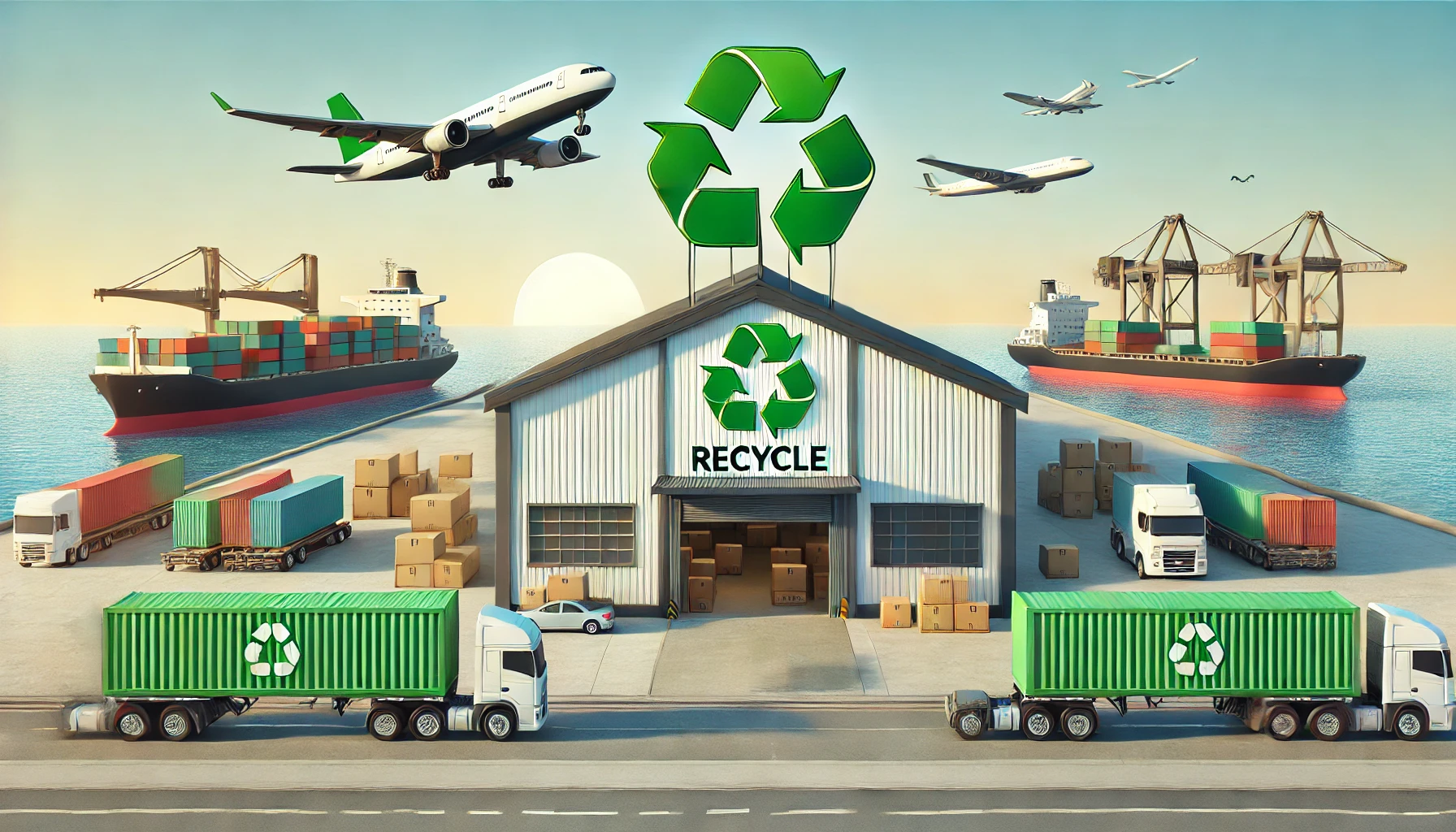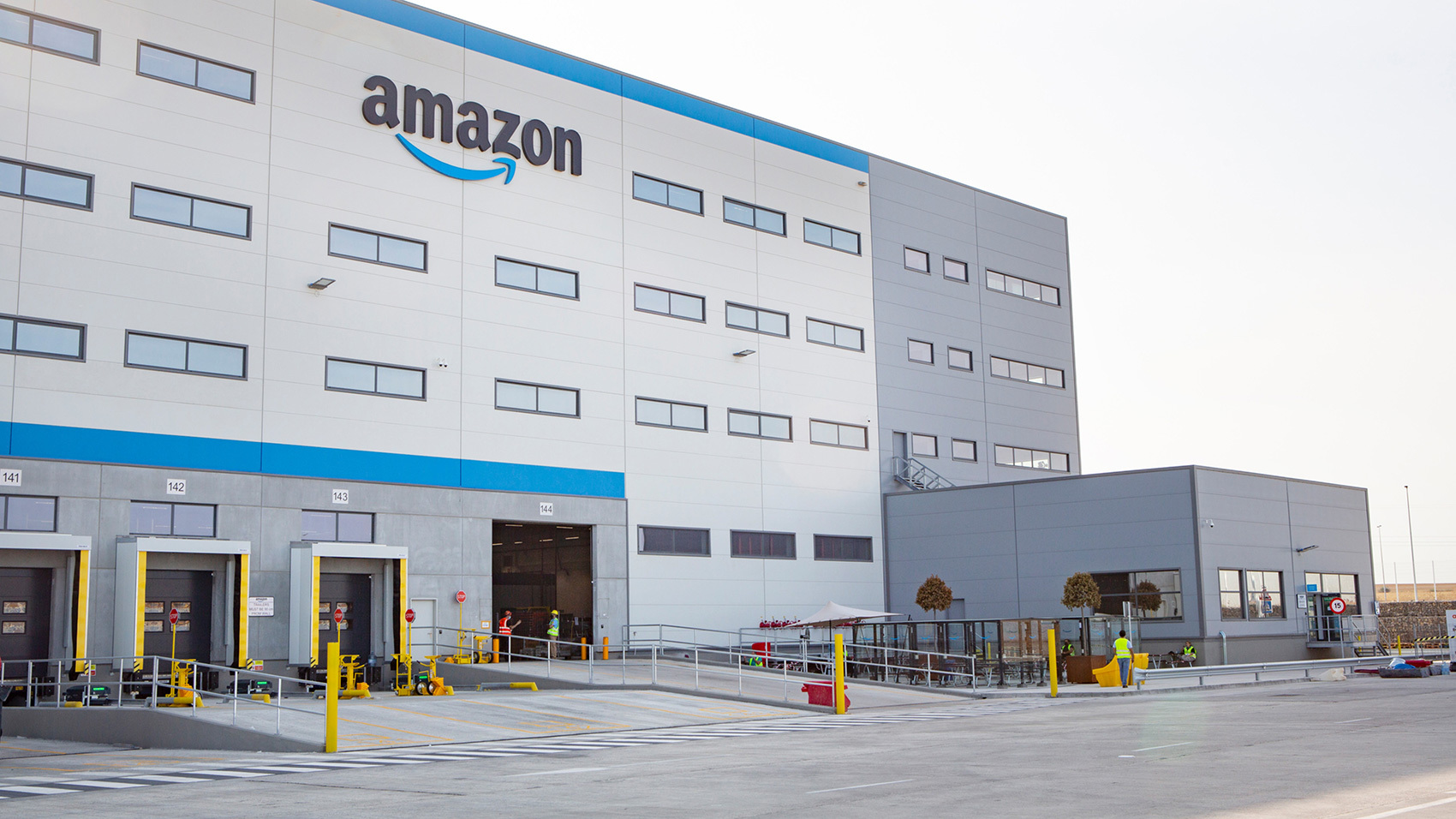return, recovery, and repurposing of materials, ultimately reducing waste and maximizing value. This article explores how companies can integrate circular economy principles into their supply chains and leverage reverse logistics for sustainability and profitability.
What is a Circular Economy?
A circular economy is a regenerative system that aims to minimize waste and keep products, components, and materials in use for as long as possible. It is based on three core principles:
- Reduce waste and pollution at the source
- Keep products and materials in circulation
- Regenerate natural systems
Unlike the take-make-dispose model, a circular economy emphasizes reuse, refurbishment, remanufacturing, and recycling, ensuring minimal environmental impact while optimizing resources.
The Role of Reverse Logistics in a Circular Economy
Reverse logistics refers to the process of moving goods from consumers back to manufacturers or suppliers for return, repair, recycling, or disposal. It is a crucial enabler of the circular economy, helping businesses recover value from used products and minimize landfill waste.
Key aspects of reverse logistics include:
- Product Returns & Refurbishment – Managing customer returns efficiently and restoring products for resale or reuse.
- Recycling & Material Recovery – Extracting valuable materials from end-of-life products for use in new manufacturing.
- Remanufacturing & Repair Services – Extending the life of products by repairing and reintroducing them into the market.
- Waste Management & Responsible Disposal – Ensuring safe and sustainable disposal of non-recyclable components.
Why Circular Economy & Reverse Logistics Matter
1. Reducing Environmental Impact
By keeping materials in use for longer, businesses can significantly lower their carbon footprint, reduce landfill waste, and conserve natural resources. For instance, electronic waste (e-waste) is one of the fastest-growing waste streams globally, and reverse logistics helps recover valuable metals and components for reuse.
2. Cost Savings & New Revenue Streams
Recovering and repurposing products through reverse logistics reduces the need for raw materials, cutting manufacturing costs. Additionally, businesses can create new revenue streams by selling refurbished goods or recycling materials into new products.
3. Compliance with Sustainability Regulations
Governments worldwide, including India, are implementing stricter Extended Producer Responsibility (EPR) laws, requiring companies to take responsibility for the post-consumer stage of their products. Efficient reverse logistics helps businesses meet these regulatory requirements.
4. Enhancing Brand Image & Customer Loyalty
Sustainability is a growing priority for consumers, and companies that adopt circular economy practices can differentiate themselves as environmentally responsible brands. Initiatives such as buy-back programs, recycling incentives, and eco-friendly packaging enhance customer trust and engagement.
How Companies Are Implementing Reverse Logistics & Circular Economy
1. E-Waste Management in Electronics Industry
Companies like Dell and HP have launched take-back programs, where customers can return used laptops and accessories. These devices are then refurbished or dismantled for material recovery, reducing e-waste.
2. Fashion Industry’s Push for Circularity
Brands such as H&M and Adidas have implemented clothing recycling programs, allowing customers to return old garments for discounts on new purchases. The collected items are either resold, repurposed into new textiles, or responsibly recycled.
3. Automotive Industry & Remanufacturing
In India, Tata Motors has introduced remanufacturing facilities where used auto parts are refurbished and resold at lower costs. This reduces material waste and makes auto components more affordable.
4. FMCG & Packaging Sustainability
Companies like Unilever and Nestlé are shifting towards recyclable and biodegradable packaging, ensuring that packaging waste is reintegrated into the production cycle.
Strategies for Implementing Circular Economy & Reverse Logistics
1. Design for Sustainability
- Use modular designs that make products easier to repair and upgrade.
- Opt for biodegradable or recyclable materials in manufacturing.
- Integrate remanufacturing capabilities to extend product lifespans.
2. Strengthen Reverse Logistics Networks
- Establish collection centers for used products across key locations.
- Partner with logistics providers specializing in reverse supply chains.
- Leverage AI and blockchain for efficient tracking of returned products.
3. Incentivize Consumer Participation
- Launch trade-in and buy-back programs to encourage product returns.
- Offer discounts or loyalty points for recycling old products.
- Educate consumers on responsible disposal practices.
4. Collaborate with Suppliers & Recycling Partners
- Work with recyclers and waste management companies to optimize material recovery.
- Ensure suppliers adhere to sustainability practices and use eco-friendly materials.
- Develop closed-loop supply chains, where waste materials are reintegrated into production.
The Future of Circular Economy & Reverse Logistics
As businesses and governments push for greater sustainability, the circular economy will become a core part of future supply chains. Emerging technologies such as AI-driven sorting, IoT-enabled tracking, and advanced recycling techniques will further enhance efficiency in reverse logistics.
India’s growing commitment to sustainability, through policies like EPR regulations, plastic waste management rules, and green manufacturing incentives, will drive widespread adoption of circular practices.
Companies that embrace circularity today will gain a competitive edge, reduce costs, and contribute to a more sustainable future.
Circular economy and reverse logistics are no longer just sustainability buzzwords—they are essential strategies for long-term business resilience. By turning waste into value, companies can reduce environmental impact, unlock cost efficiencies, and meet evolving consumer and regulatory expectations.
Businesses that rethink their supply chains with circular principles will not only enhance sustainability but also build a profitable and future-ready ecosystem<
.png)
.png)







